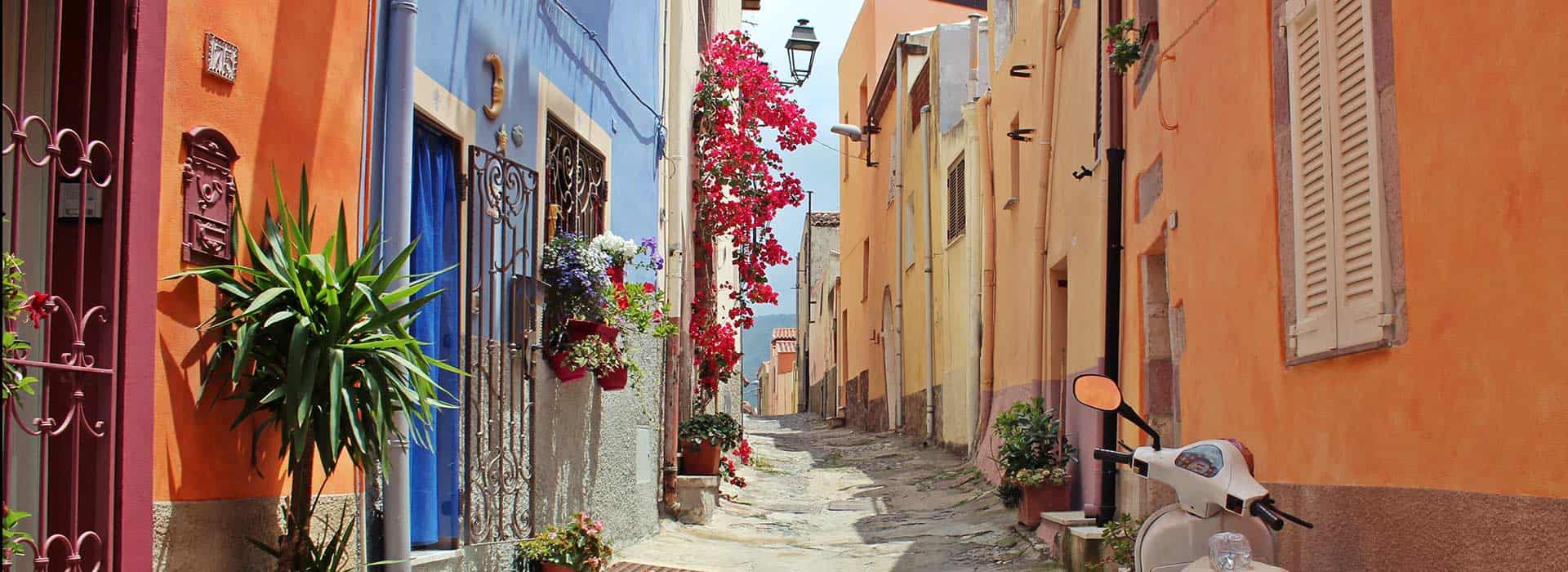
09 Aug Segovia Day Trip: Exploring Spain’s Hidden Gems
If you’re looking for a beautiful, historic city to visit in Spain, be sure to add Segovia to your list! The city of Segovia has been around since ancient Roman times, and even today it still retains its old-world charm. This city is home to a stunning castle, as well as a number of other fascinating historical sites. You’ll also find plenty of great restaurants and shops to explore. It’s no wonder that Segovia is one of the most popular tourist destinations in Spain!
Segovia is the perfect city for a day trip from Madrid. The city is not very big you can easily see everything in one day on foot. The town has 3 main attractions: an aqueduct, an Alcázar and a cathedral.
How to get to Segovia
You have many options; you can rent a car or go by bus or train.
By train
I went by train from Madrid to Segovia and the whole journey took only around 30 minutes on the high-speed train. I got the ticket for that day, but you can make reservations in advance and pay a small fee. The ticket wasn’t very expensive. You can find out more about the prices and timetables on their website.
Once you arrive at Segovia Guiomar station you need to take the bus to the old town centre. The bus stop is right outside of the train station, and it stops directly in front of the aqueduct. The journey takes about 15 minutes.
Alternatively, you can share a Uber/taxi with people that are also headed to the town centre. I end up doing this and was totally fine.
By bus
If you decide that you want to go by bus you can book your tickets in advance here. The company Avanza bus leaves from Madrid Moncloa and drops you directly at the old town centre. The whole journey takes about 1 hour and 20 minutes.
Top Things to do in Segovia
The Aqueduct of Segovia
Segovia is known to have one of the most impressive Roman ancient aqueduct, which was built during the second half of the 1st century A.D. and supplied water from the Frío River to the city of Segovia, and was in use until the 1900s.
Legend
The aqueduct is known as the Devil’s Bridge. The name is because the legends claim that Lucifer built the bridge on one single night so as to win a soul of a young woman which he failed to achieve and also lacked the final stone by dawn. Also claimed the legend that the holes on the rock are Lucifer’s marks on his fingers.
The aqueduct is an extraordinary engineering work and a major tourist attraction. It is the most important architectural landmark of Segovia and has also been a symbol of both integrity and authenticity of the Spanish government and people at large.

The aqueduct is the world’s best-preserved Roman aqueduct and after 2,000 years still stands and is in excellent condition. In total, the aqueduct has 167 arches and its total length is about 15km. It has 75 single arches and 44 double arches it was built from 20,400 blocks of stone with no mortar or cement!
The aqueduct is a masterpiece and was declared a UNESCO World Heritage site in 1985.
The Alcázar of Segovia
An Alcázar is a type of Islamic castle or palace in the Iberian Peninsula (Spain and/or Portugal) built during Muslim rule between the 8th and 15th centuries. The Alcázar of Segovia is one of Spain’s most impressive castles and, this fairy tale castle is said to be the one that inspired the design of Cinderella’s Castle at Walt Disney World.

Most fortresses are situated in strategic places that give a defensive advantage. However, the Alcázar of Segovia was built on top of a rock, and it is a ship-shaped fortress.
The foundations of Alcázar of Segovia were originally built by the Romans afterwards the morish from the Berber Almoravid dynasty built a wooden fortress in its place. During the Reconquista in 1085, Segovia was captured by the Spanish so as a result, the remaining architecture is of Spanish origin. The Alcázar made the transition from a military stronghold to a palatial one and was used as a residence by Alfonso VIII. Unfortunately, in 1862 a fire caused the upper part of the castle to be burned down.
As of today, the Alcázar has two main courtyards: the larger being el Patio de Armas, and the smaller one, el Patio del Reloj, 12 rooms with gothic, Moorish and Romanesque influences which include the hall of the kings, the hall of the old palace, the royal chamber and so on.
A must to do here is to climb the 156 stairs of the tower of Juan II, at the top, you will have a stunning view across Segovia countryside.
You can click here to get more information about the Alcázar such as opening times and prices.
Plaza Mayor
The cathedral is located next to the Plaza Mayor- One of Spain’s most famous plazas, Plaza Mayor is located in the heart of Segovia’s old town and has a statue of San Roque which was erected here in 1762. The plaza is surrounded by some beautiful buildings with arches made of stone and it is always bustling with people, especially during evenings when there are plenty of shops open for business.
Museum of Fine Arts (Museo de Bellas Artes)
This museum houses many paintings from great artists such as Velazquez, Goya, Murillo, Rubens and more. It also has a collection of sculptures as well as other artworks which are displayed in different halls inside the museum. You can also visit Museo de la Ciudad or Museum of City Life which is located at Plaza del Azogues, for an insight into Segovia’s history.
Old Town
Segovia’s old town is a UNESCO world heritage site due to its architectural engineering works. The town is full of charming narrow cobblestone lanes with many photogenic spots so make sure you get your camera ready to take pretty pictures.

Casa de los Picos
A building known as Casa de los Picos has 617 granite pyramids sticking out of its wall.
It was built in the 15th century, and it is now home to a school of applied arts and hosts free contemporary art exhibitions (although it’s not always open to visitors).
Jewish Quarter
Another must-do in Segovia! This historic quarter is just one street, and it was a neighbourhood inhabited by the Hebrew community at least since the 12th century and until its expulsion by the Edict of Granada promulgated by the Catholic Monarchs in 1492. At the time it was one of the richest and most populated communities in all of Castile.
The Jewish quarter is s home to the city’s former main synagogue, seized in 1410 and converted into the Convent of Corpus Christi.
Segovia Cathedral
It was the last Gothic cathedral built in Spain-Built at the highest point of the city. Construction began in 1525 and was finished in 1577. The cathedral is located next to the Plaza Mayor. After you visit the cathedral you enjoy and relax in one of the many cafes and restaurants in Plaza Mayor.


Church of San Martin
This church was built in 1754 and has been undergoing restoration work since 2009. It houses a very valuable organ which was built in 1874 and is considered to be one of the best organs in Spain. You can visit the church during its opening hours to admire its beauty and take some pictures.
La Granja Royal Farm
This beautiful farmhouse was built in 1754 by King Philip V of Spain and his wife Elizabeth Farnese. It has been used by many royal families as a summer residence and it has also been featured in several movies such as El Escorial de la Ficcin, La Granja and Philip the Fair. Nowadays, it is one of the most visited tourist attractions in Segovia and you can explore its beautiful gardens which are filled with flowers and plants all year round.


No Comments